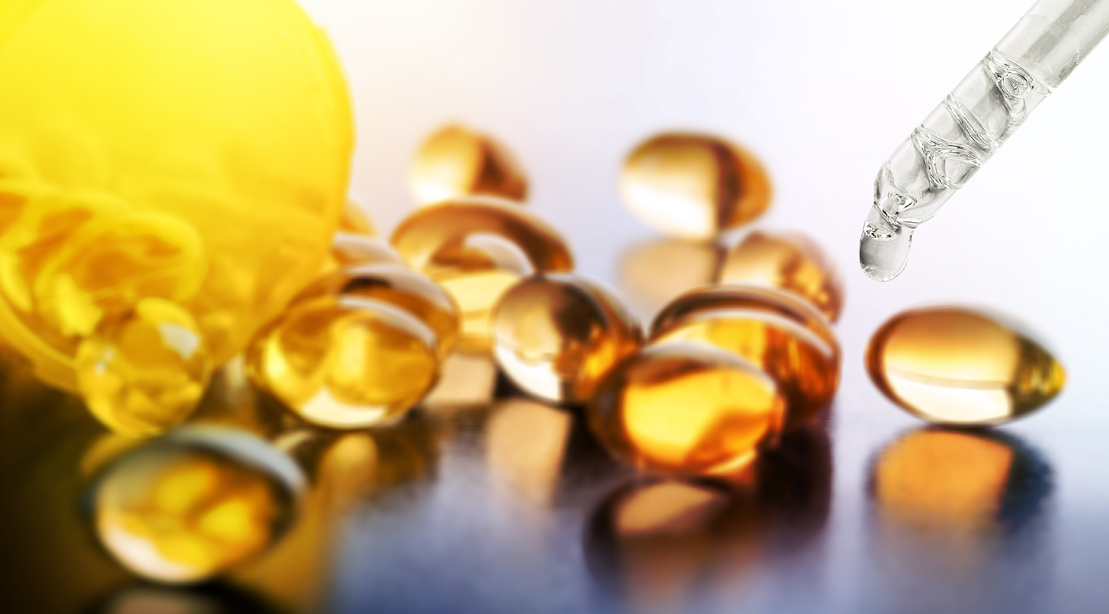If you look in your supplement cabinet one bottle you may not see is copper. Although it’s an important mineral for the body, it doesn’t tend to make the headlines as often as zinc, iron, and magnesium.
As an active female, copper plays a vital role in many bodily functions, and when the body is deficient, a variety of symptoms may appear such as fatigue and weakness, frequent sickness, brittle bones, and even difficulty walking.
“Copper is a trace mineral that is naturally present in many foods and is used widely throughout the human body; It plays a crucial role in numerous bodily functions, such as the creation of red blood cells, iron absorption, energy production, and several other processes, explains Ryan Gebo, registered dietitian and co-owner of Nurtured Nutrition and Life Force Nutrition.
While female athletes run the risk of ‘The Female Triad’ (Three illnesses caused by serious training and competitions), Gebo explains the data does not definitively suggest that female athletes consume insufficient amounts of copper. However, one study found that 40% of female collegiate athletes do not meet the recommended daily intake of copper; serving as a reminder of how important this mineral is.
With that, Gebo dives into the benefits of copper, how much your body requires, and where you can find it.
The Advantages Copper Provides for Female Athletes
Increased Energy Production:
Copper is essential in the process of releasing energy from cells and is needed by athletes who require sustained energy for training and competitions.
Improved Iron Absorption:
Copper helps in the absorption of iron and could help to prevent anemia in at-risk female athletes.
Improved Connective tissues:
Copper assists in collagen formation, which plays a crucial role in the reinforcement and repair of tendons and ligaments, reducing the risk of sport-induced injury.
Antioxidant Support:
Exercise can produce damaging molecules called free radicals. Copper serves as an antioxidant to protect cells from damage by these free radicals. Ultimately, this can lead to a reduction in inflammation which may help an athlete recover more rapidly from exercise.
Cardiovascular System Regulation:
Copper is involved in maintaining heart health and preventing diseases related to the cardiovascular system. It helps in regulating blood pressure, heart rate, formation of red blood cells, and cholesterol.
Copper is Naturally Present in a Wide Range of Foods
The plus side of copper is it can be found in a variety of foods that not only taste great but are considered clean and nutrient-packed. Here are some examples.
- Seeds and nuts
- Shellfish, notably oysters and crab
- Whole grain cereals and whole wheat products
- Legumes like lentils and chickpeas
- Dark chocolate
- Potatoes
- Mushrooms
- Sunflower seeds
- Cashews
- Lobster
- Leafy Greens
- Goat cheese

How Much Copper Does an Active Female Need?
By now you know copper is a vital component to your body; however, you need just the right amount.
Although 0.9mg – 1.3mg of copper is the recommended daily allowance for active females, Gebo explains each individual’s needs can vary depending on their body and lifestyle.
When looking to take a copper supplement, “It’s important to check with a healthcare provider before taking any mineral supplements, especially as toxicity is possible,” recommends Gebo and stresses this is particularly important for those with Wilson’s Disease, where copper supplementation can be harmful.
Simply put, consulting your healthcare provider (especially if you’re experiencing symptoms) is the safest way to ensure proper usage.
Proper Nutrition Greatly Impacts Performance
Eating clean is great, but being intentional about what nutrition you feed your body is key.
“Understanding the impact of nutrition on performance is critical, especially for athletes,” says Gebo. And while getting the right foods in is important, Gebo explains it’s often how we eat that makes the biggest difference. “Focus on balance and having foods that you find enjoyable while also incorporating foods that serve your functional and performance goals,” says Gebo, and keep in mind; There is no one-size-fits-all all; have fun, enjoy food moments, and nourish yourself appropriately.
Looking for Nutritional Guidance?
If you’re looking for help in meeting your nutritional needs, Nurtured Nutrition can help you get started in the right direction.
